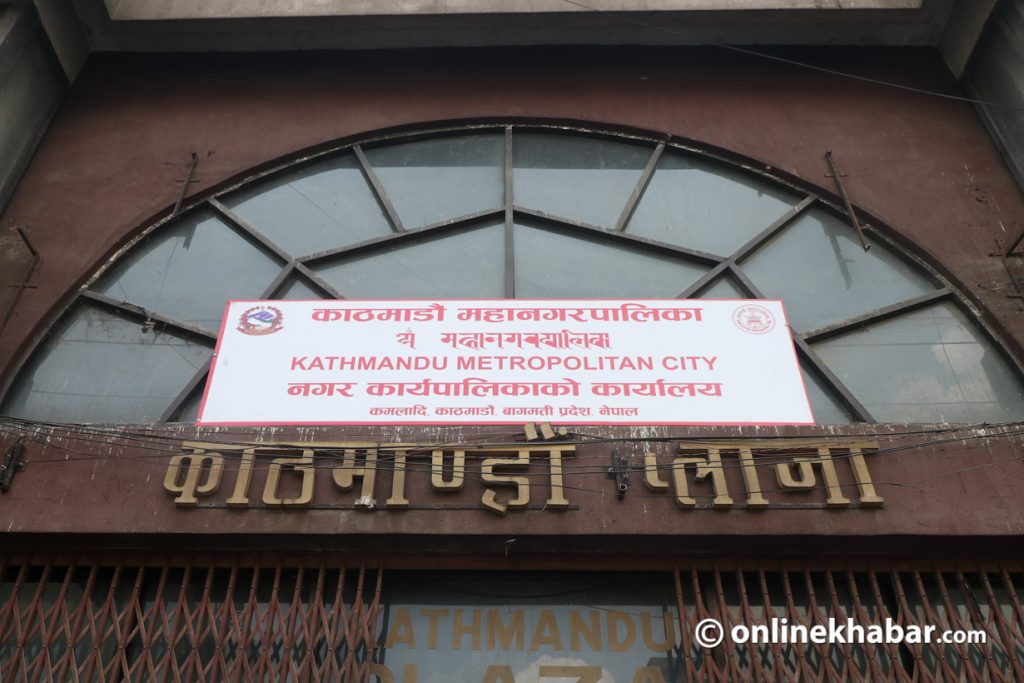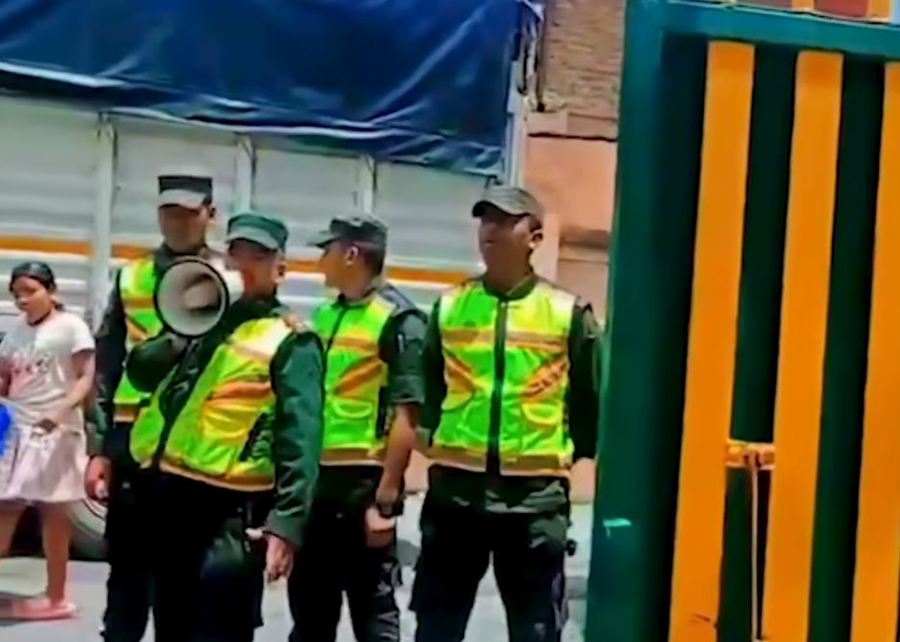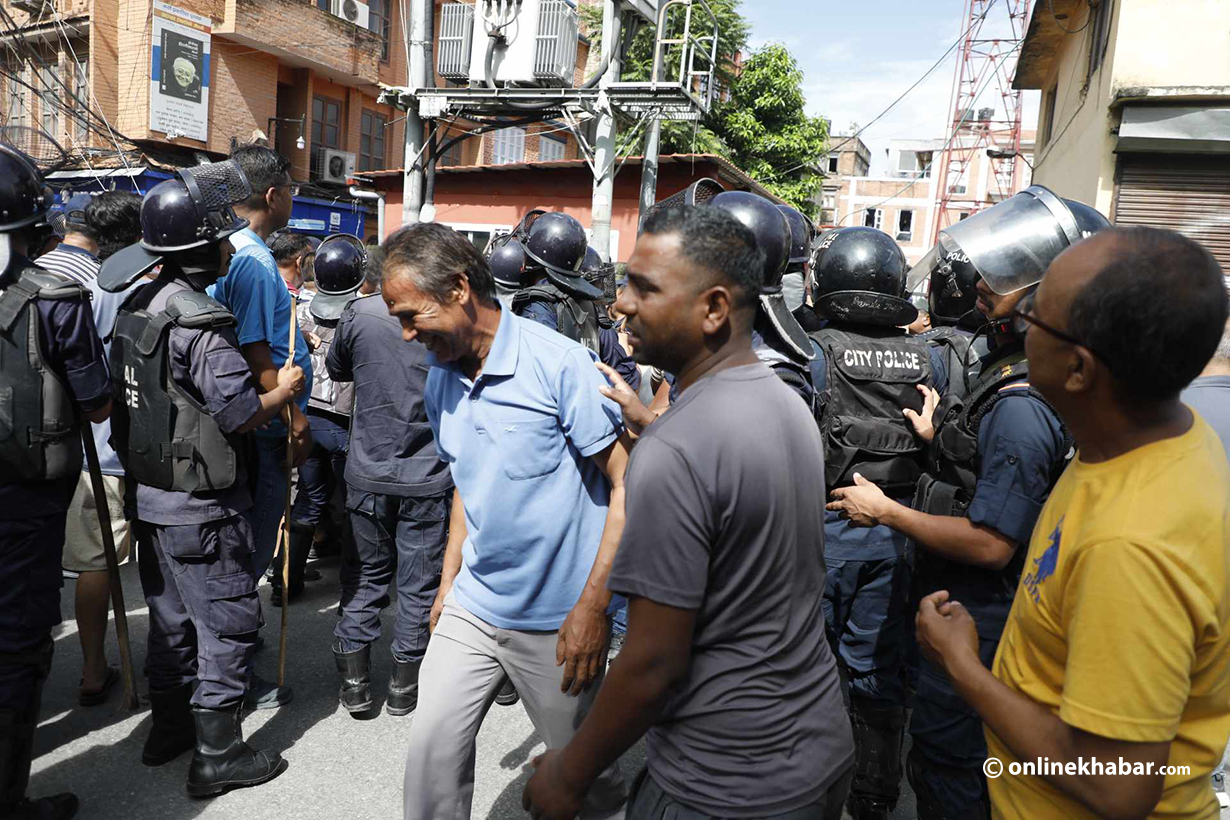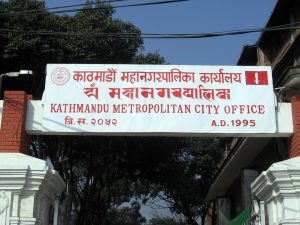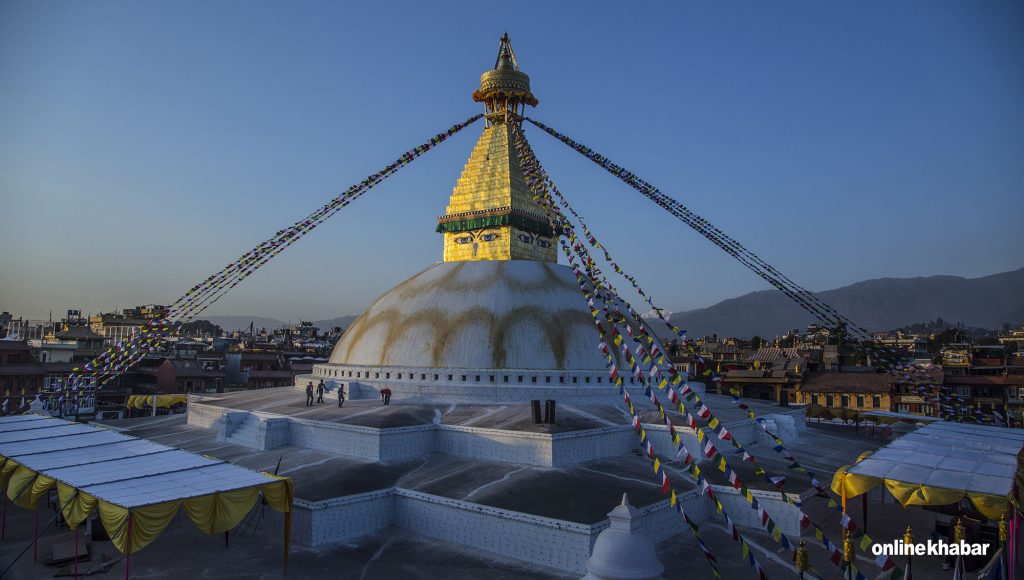
Kathmandu, March 15
The Kathmandu Metropolitan City (KMC) has initiated a process to revive the native names of its historic, cultural, and religious sites, and to bring them into practice.
The local government has enlisted cultural experts, archaeologists, linguists, and historians to identify the original names of local settlements, temples, religious shrines, sattal (traditional resting place), and stone spouts of significant historical and cultural importance.
According to Ashaman Sangat, coordinator of the Kathmandu Metropolitan City Office’s Heritage and Tourism Committee, the initiative commenced from five wards initially: Wards 5, 6, 7, 18, and 24 within the metropolis.
Thus far, it has been confirmed that the historical name of what is commonly known as Handigau is Nara, and Boudhha has been identified as Khasyor or Khasti in ancient records.
Similarly, the current Chabahil was historically referred to as Chabahi, Naradevi as Ngeta, and Makhan as Mankha.
This programme aims to restore the historical, cultural, and archaeological identities and is supported by the Centre for Integrated Urban Development. The revived names will be prominently displayed in scripts including Ranjana, Devanagari, and English.
As per researcher Asmita Shrestha, the nameplates will feature a background of red and black, reminiscent of the colours of Hakupatasi, the traditional attire of Newa women.




